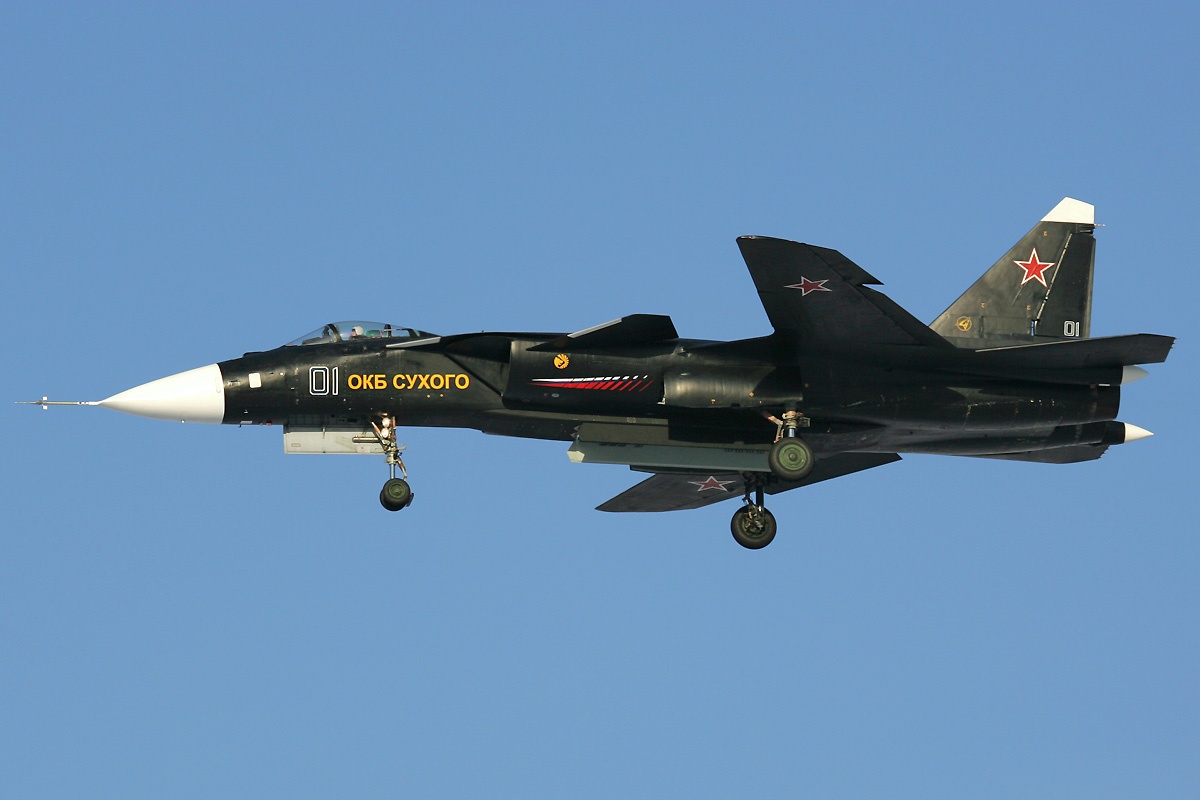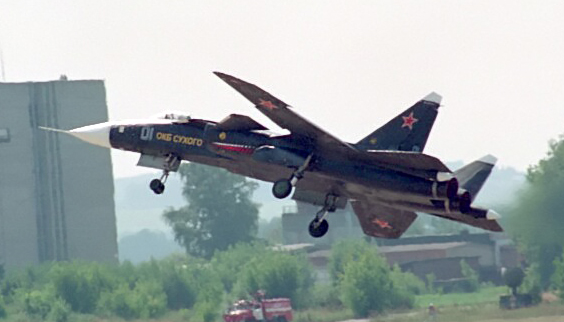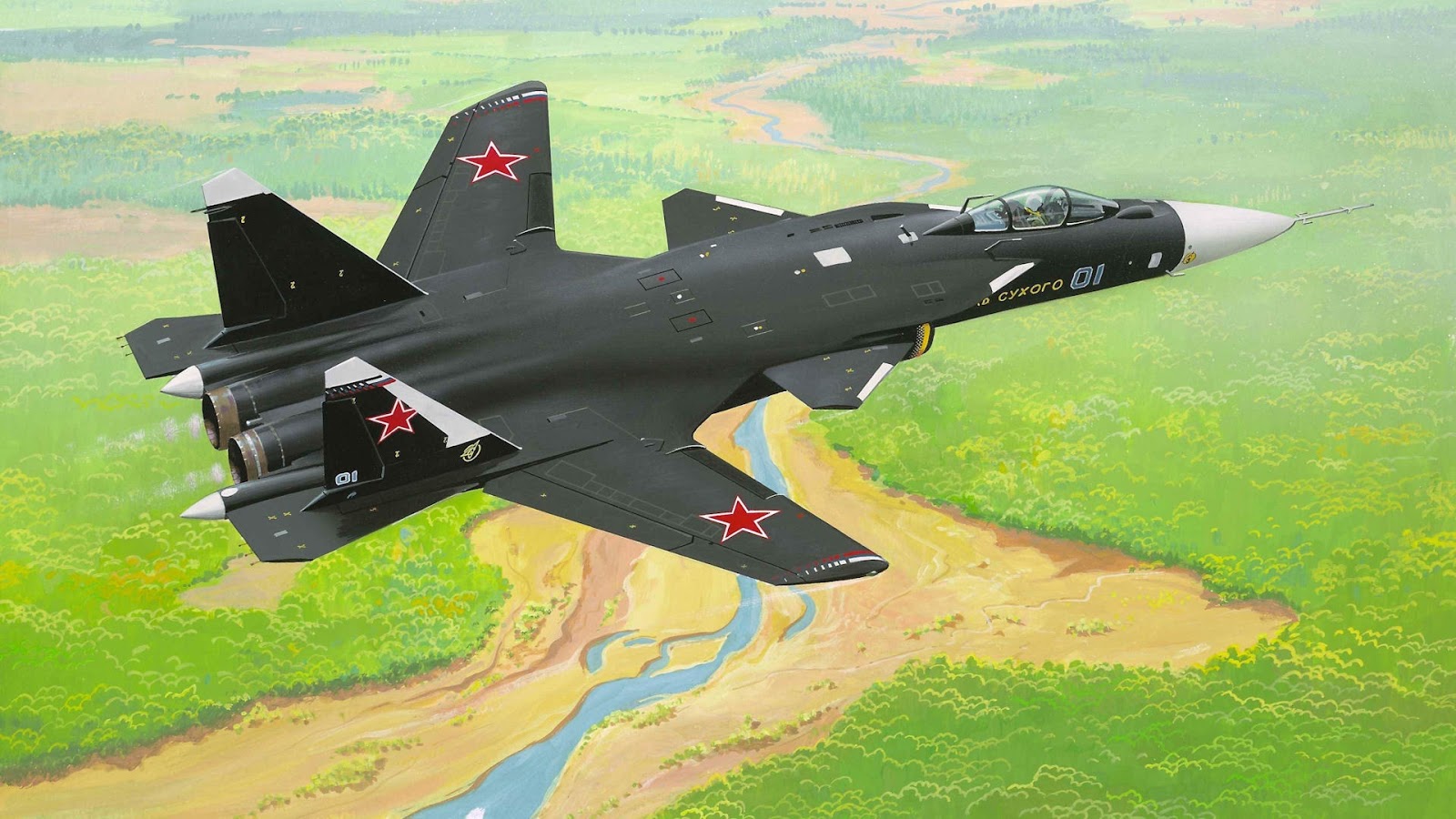5 Facts Sukhoi Su 47

Introduction to the Sukhoi Su-47

The Sukhoi Su-47, also known as the S-47 or Berkut, is a Russian experimental supersonic jet fighter developed by Sukhoi. The Su-47 is characterized by its unique forward-swept wings, which differentiate it from more conventional fighter jet designs. This radical design approach was intended to enhance the aircraft’s maneuverability and reduce its radar cross-section, making it a stealthier platform. Let’s delve into five key facts about the Sukhoi Su-47, exploring its design, capabilities, and the reasoning behind its development.
Design and Aerodynamics

The Su-47 features a forward-swept wing design, which is uncommon in supersonic aircraft due to the potential for wing twist and reduced stability at high speeds. However, this design allows for improved maneuverability and potentially reduced radar visibility due to the unique wing shape and the internal carriage of weapons. The forward-swept wings also enable a shorter fuselage, contributing to the aircraft’s stealth characteristics.
Experimental and Developmental Phase

The development of the Su-47 began in the late 1980s, with the first flight of the prototype taking place in 1997. The program aimed to test and validate the forward-swept wing concept, along with other advanced technologies and materials. Although the Su-47 was not intended for mass production or frontline service, it served as a technology demonstrator, providing valuable insights into the performance and handling of such an unconventional design.
Performance Capabilities

The Su-47 is powered by two Lyulka AL-37FU turbojet engines, each capable of producing 14,000 kgf (137 kN) of thrust. This propulsion system allows the aircraft to achieve high speeds, reportedly in excess of Mach 2 (twice the speed of sound), and to perform advanced maneuvers with a high degree of agility. The aircraft’s performance capabilities make it an interesting subject for study in the field of aerodynamics and fighter jet design.
Armament and Avionics

While the Su-47 was primarily an experimental aircraft, it was designed to be capable of carrying a range of armaments, including air-to-air missiles and air-to-ground missiles, housed internally to maintain its stealth profile. The aircraft also features advanced avionics, including a phased array radar system, which allows for the detection and tracking of multiple targets simultaneously. These capabilities would make the Su-47 a formidable opponent in combat, were it to be developed into a production model.
Legacy and Future Developments

The Sukhoi Su-47 program has contributed significantly to the development of fifth-generation fighter jets, including the Sukhoi Su-57 (formerly known as the PAK FA), Russia’s latest stealth fighter. The lessons learned from the Su-47’s forward-swept wing design and its performance characteristics have been invaluable in advancing the field of military aviation. The Su-47 remains an important milestone in the evolution of fighter jet design, showcasing the potential benefits of unconventional configurations in achieving enhanced stealth and maneuverability.
🚀 Note: The Su-47's development has been marked by its experimental nature, aiming to push the boundaries of what is possible in fighter jet design and performance.
As we reflect on the key aspects of the Sukhoi Su-47, it becomes clear that this aircraft represents a critical step in the ongoing pursuit of innovation in military aviation. Its unique design and advanced capabilities have paved the way for future generations of fighter jets, ensuring that the lessons learned from this experimental program will have a lasting impact on the development of stealth and maneuverability technologies.
What is the primary distinctive feature of the Sukhoi Su-47?

+
The primary distinctive feature of the Sukhoi Su-47 is its forward-swept wing design, which is uncommon in supersonic aircraft.
What are the potential benefits of the forward-swept wing design?

+
The potential benefits include improved maneuverability and reduced radar visibility due to the unique wing shape and internal carriage of weapons.
Was the Su-47 intended for mass production or frontline service?

+
No, the Su-47 was not intended for mass production or frontline service. It served as a technology demonstrator to test and validate the forward-swept wing concept and other advanced technologies.



